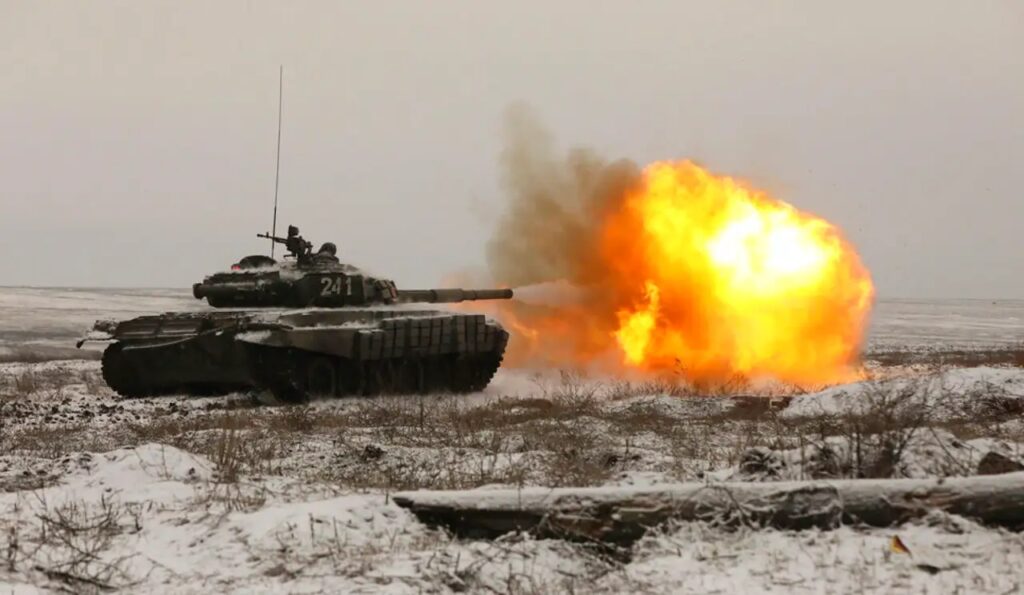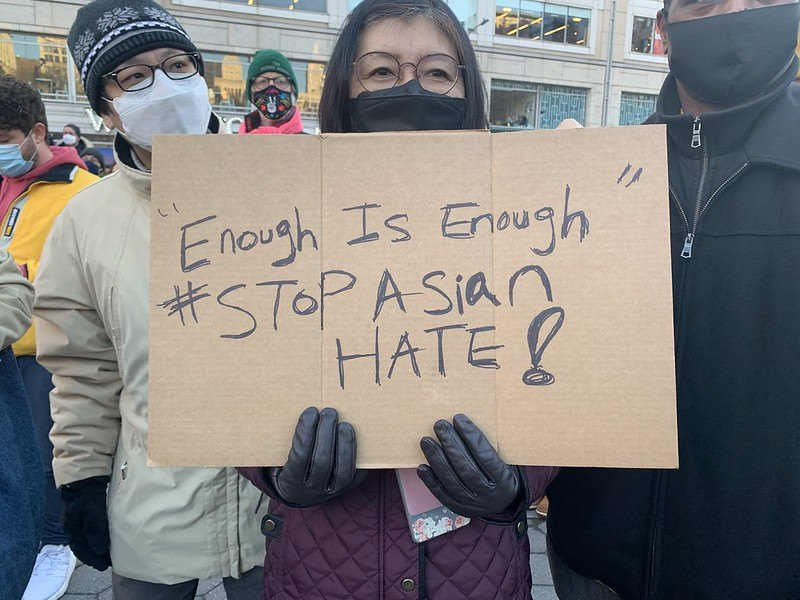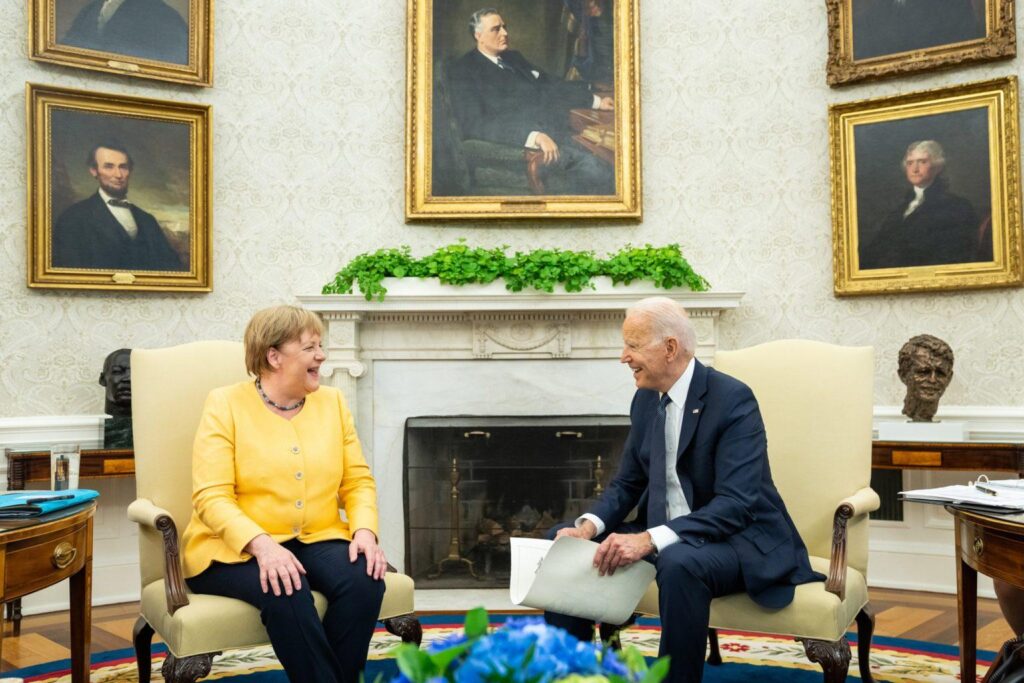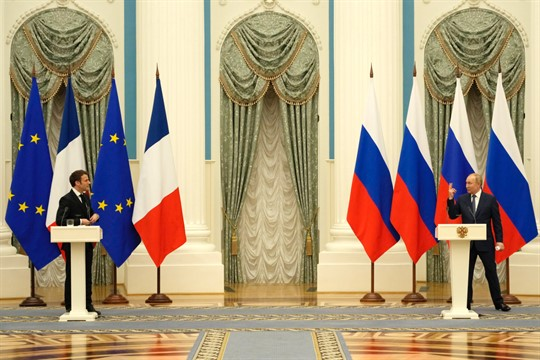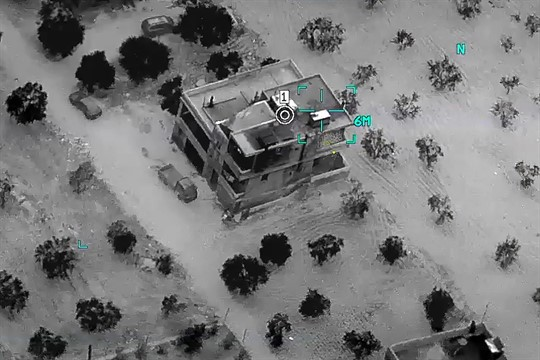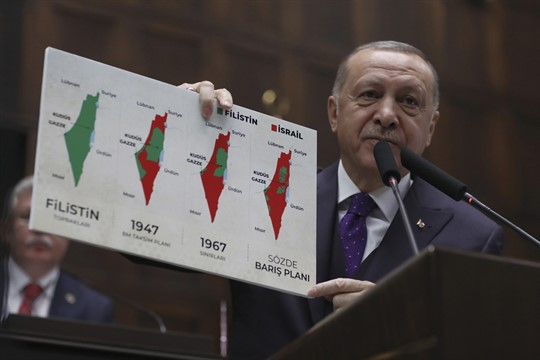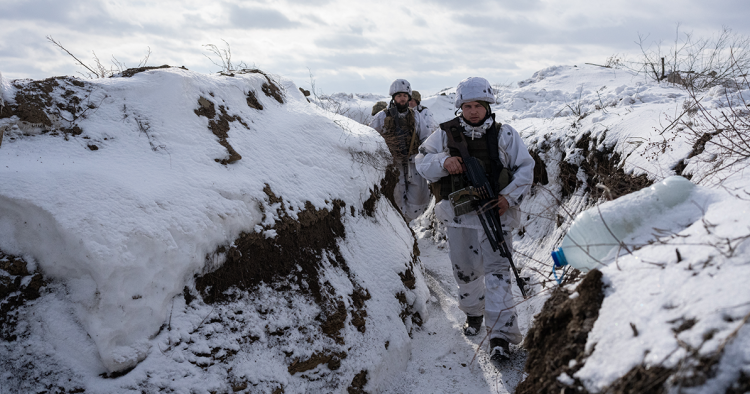Ukraine, Iran, Taiwan: Biden’s Perfect Storm?
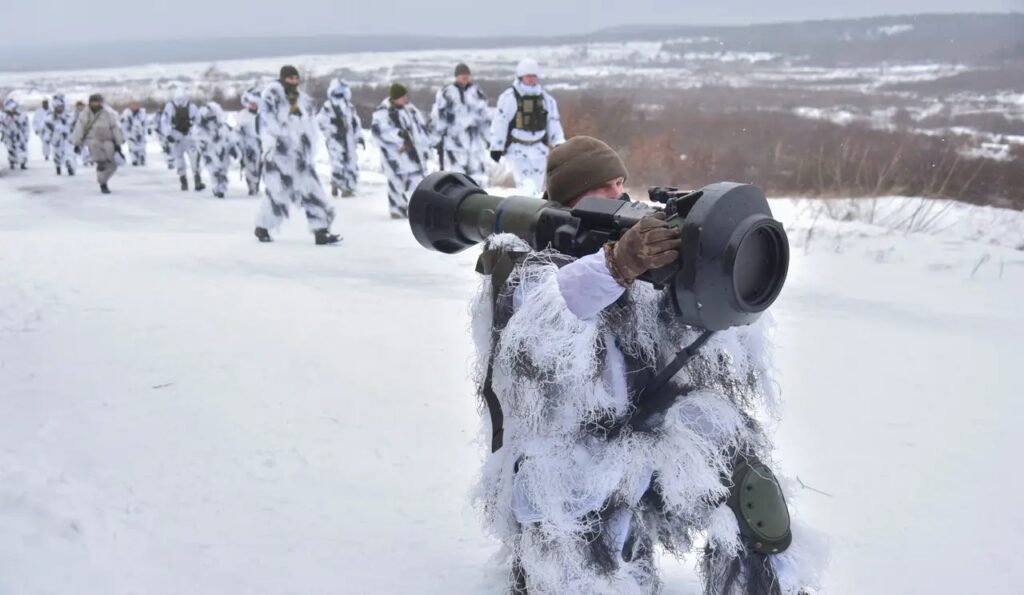
Ukraine-Russia conflict: Biden needs to assure his Indo-Pacific allies that the United States is capable of managing simultaneous crises in both Europe and East Asia. So far, he’s doing it
In a matter of weeks or months, Joe Biden may face the perfect foreign policy storm: three crises in three places of strategic importance – Europe, the Indo-Pacific and the Middle East. If all goes badly, this convergence may generate tectonic shifts in the international system. If managed competently, it could reassert American supremacy, even if temporarily.

